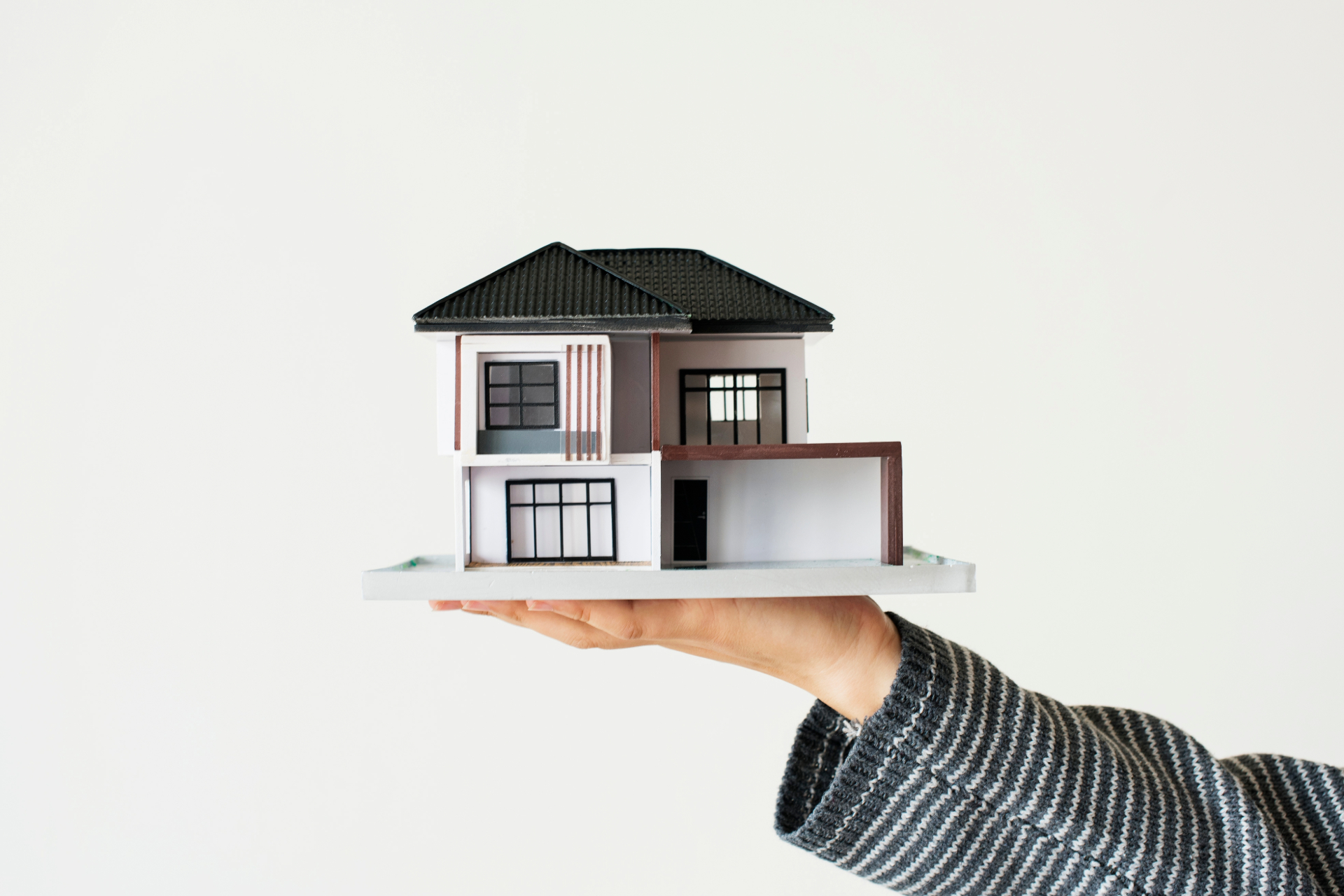
Mastering Carpet Area, Built-Up Area, and Super Built-Up Area in Your Property Journey
Embarking on the journey of buying a property can be both exciting and overwhelming. Amidst the numerous considerations, one crucial aspect that often confuses buyers understands the different measurement terms associated with real estate – Carpet Area, Built-Up Area, and Super Built-Up Area. In this blog, we will unravel the mysteries behind these terms, helping you make an informed decision when investing in your dream property.
Carpet Area: The True Living Space
The Carpet Area is the most straightforward of the three measurements. It refers to the actual usable area within the walls of your home. In simpler terms, it is the space where you can lay a carpet – the area that covers the floor. Carpet Area excludes the thickness of the inner walls and other common areas, focusing solely on the space you can utilize for your daily activities. Understanding the Carpet Area is crucial as it directly correlates with the actual space you will occupy. When comparing properties, a higher Carpet Area implies more livable space, making it a vital factor in evaluating the value for money.
Built-Up Area: Including the Walls
Moving beyond the Carpet Area, we encounter the Built-Up Area. This measurement includes the Carpet Area along with the space occupied by the walls. In essence, it accounts for the entire area enclosed by the outer walls of the apartment, including the inner walls. Built-Up Area comprises not just the living spaces but also common areas like lobbies, staircases, and shafts. While Built-Up Area provides a more comprehensive view of the space you are paying for, it's essential to recognize that it includes areas you might not actively use. Therefore, when comparing properties based on Built-Up Area, consider the distribution of space and the efficiency of design to ensure you are getting the most out of every square foot.
Super Built-Up Area: Adding Common Spaces
The term Super Built-Up Area often adds an extra layer of complexity to property discussions. It includes not only the Built-Up Area but also a proportionate share of the common areas such as the lobby, staircases, elevators, and amenities like gardens and swimming pools. Developers use the Super Built-Up Area to distribute the costs of shared spaces among all the units in a project. Buyers should be cautious when comparing properties based on Super Built-Up Area, as it includes spaces that might not contribute directly to the livable area. Understanding the ratio of common spaces to the individual unit's space is crucial to assessing the true value of your investment.
Making Informed Decisions: Tips for Buyers
a. Focus on Carpet Area: When evaluating properties, give priority to the Carpet Area, as it represents the actual living space you will have. A smaller difference in Super Built-Up Area can translate into a significant variation in the actual usable space.
b. Efficiency of Design: Consider the layout and design efficiency of the apartment. A well-designed space can maximize the utility of every square foot, ensuring that you get the most out of your investment.
c. Cost per Square Foot: Instead of relying solely on the total area, analyze the cost per square foot of the Carpet Area. This metric provides a more accurate reflection of the value proposition offered by different properties.
Mastering Carpet Area, Built-Up Area, and Super Built-Up Area is pivotal in navigating the complex landscape of real estate. By understanding these measurements, buyers can make informed decisions, ensuring that they invest in properties that align with their space requirements and budget. As you embark on your property journey, let this guide serve as a valuable tool in deciphering the dimensions of your dream home.